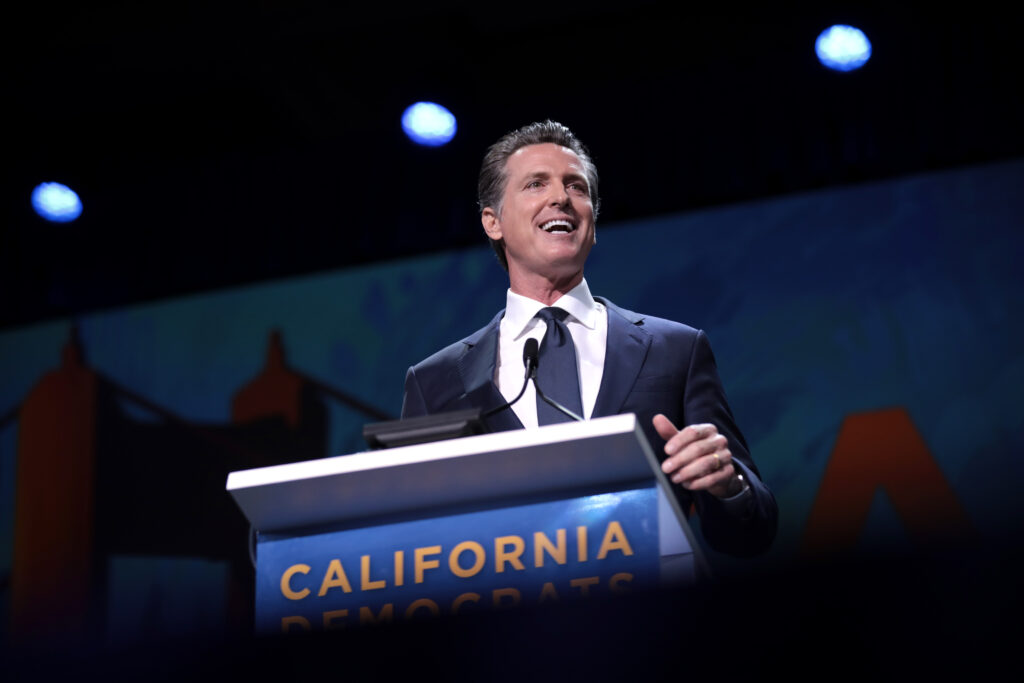News & Commentary: October 9, 2023 ✦ OnLabor
News & Commentary: October 9, 2023 OnLabor OnLabor


California Governor Gavin Newsom Vetoes Bill to Ban Caste Discrimination

On Saturday, California Governor Gavin Newsom vetoed a bill to ban caste discrimination in employment, housing, and education. The bill, SB 403, aimed to amend the state’s existing protections against ancestry discrimination to include “lineal descent, heritage, parentage, caste, or any inherited social status” starting from January 1, 2024. If passed, California would have become the first state in the US to ban discrimination based on caste, following Seattle’s lead earlier this year. While labor unions and liberal organizations supported the bill in response to the increasing prevalence of caste discrimination in the tech sector, Hindu, Sikh, and other South Asian groups were divided on their support. Governor Newsom’s veto message stated that explicitly including caste as a protected category was unnecessary since it is already covered under existing categories of protections. However, proponents of the bill argue that including caste as a protected category is crucial to condemn the historical practice.
NLRB Judge Finds Former Starbucks CEO Violated Labor Law
An NLRB judge ruled on Friday that former Starbucks CEO Howard Schultz violated labor law by encouraging workers to quit due to their engagement in union activity. During a “partner collaboration session” in April 2022, barista Madison Hall raised concerns about the company’s ongoing NLRB investigations and anti-union practices and asked Schultz if he would be honest with workers. Schultz responded by saying that if employees were unhappy at Starbucks, they could go work for another company. Administrative Law Judge Brian Gee found that Schultz’s comment constituted a threat of termination for engaging in pro-union activity, creating a chilling effect on Hall’s protected speech. This decision marks the 30th ruling against Starbucks by an NLRB judge, but it is significant because it holds the company’s former CEO personally accountable for violating labor law. Starbucks has the option to appeal the decision and is currently exploring its review options.
Department of Labor Investigates Tyson Foods and Perdue Farms for Child Labor Violations
The Department of Labor (DOL) is currently investigating meatpacking giants Tyson Foods and Perdue Farms as part of its efforts to address child labor violations by subcontractors. The DOL’s Wage and Hour Division is probing allegations that subcontractors in Virginia are employing children as young as 13 to work overnight shifts cleaning equipment at the plants of these companies. While the DOL has investigated and closed cases involving over 4,000 children employed illegally in hazardous conditions this year, this investigation marks the first time the agency is attempting to hold a parent company liable for subcontractor child labor violations. Previously, contractors and major brands have been able to avoid joint liability for these violations through contracts and franchise agreements. However, the DOL’s investigations indicate that the agency will argue that these companies are joint employers, exerting enough control over the working conditions of subcontractors’ employees to be considered liable for labor violations related to them. Labor advocates believe that holding these companies accountable could incentivize them to establish minimum labor standards for subcontractors and ensure compliance through regular audits.
SDGs, Targets, and Indicators
1. Which SDGs are addressed or connected to the issues highlighted in the article?
- SDG 8: Decent Work and Economic Growth
- SDG 4: Quality Education
- SDG 5: Gender Equality
- SDG 10: Reduced Inequalities
2. What specific targets under those SDGs can be identified based on the article’s content?
- Target 8.7: Take immediate and effective measures to eradicate forced labor, end modern slavery and human trafficking, and secure the prohibition and elimination of the worst forms of child labor.
- Target 4.7: By 2030, ensure that all learners acquire the knowledge and skills needed to promote sustainable development, including, among others, through education for sustainable development and sustainable lifestyles, human rights, gender equality, promotion of a culture of peace and non-violence, global citizenship, and appreciation of cultural diversity and of culture’s contribution to sustainable development.
- Target 5.1: End all forms of discrimination against all women and girls everywhere.
- Target 10.2: By 2030, empower and promote the social, economic, and political inclusion of all, irrespective of age, sex, disability, race, ethnicity, origin, religion, or economic or other status.
3. Are there any indicators mentioned or implied in the article that can be used to measure progress towards the identified targets?
- Indicator 8.7.1: Proportion and number of children aged 5-17 years engaged in child labor, by sex and age group.
- Indicator 4.7.1: Extent to which (i) global citizenship education and (ii) education for sustainable development are mainstreamed in (a) national education policies; (b) curricula; (c) teacher education; and (d) student assessment.
- Indicator 5.1.1: Whether or not legal frameworks are in place to promote, enforce, and monitor equality and non-discrimination on the basis of sex.
- Indicator 10.2.1: Proportion of people living below 50 percent of median income, by age, sex, and persons with disabilities.
SDGs, Targets, and Indicators
| SDGs | Targets | Indicators |
|---|---|---|
| SDG 8: Decent Work and Economic Growth | Target 8.7: Take immediate and effective measures to eradicate forced labor, end modern slavery and human trafficking, and secure the prohibition and elimination of the worst forms of child labor. | Indicator 8.7.1: Proportion and number of children aged 5-17 years engaged in child labor, by sex and age group. |
| SDG 4: Quality Education | Target 4.7: By 2030, ensure that all learners acquire the knowledge and skills needed to promote sustainable development, including, among others, through education for sustainable development and sustainable lifestyles, human rights, gender equality, promotion of a culture of peace and non-violence, global citizenship, and appreciation of cultural diversity and of culture’s contribution to sustainable development. | Indicator 4.7.1: Extent to which (i) global citizenship education and (ii) education for sustainable development are mainstreamed in (a) national education policies; (b) curricula; (c) teacher education; and (d) student assessment. |
| SDG 5: Gender Equality | Target 5.1: End all forms of discrimination against all women and girls everywhere. | Indicator 5.1.1: Whether or not legal frameworks are in place to promote, enforce, and monitor equality and non-discrimination on the basis of sex. |
| SDG 10: Reduced Inequalities | Target 10.2: By 2030, empower and promote the social, economic, and political inclusion of all, irrespective of age, sex, disability, race, ethnicity, origin, religion, or economic or other status. | Indicator 10.2.1: Proportion of people living below 50 percent of median income, by age, sex, and persons with disabilities. |
Behold! This splendid article springs forth from the wellspring of knowledge, shaped by a wondrous proprietary AI technology that delved into a vast ocean of data, illuminating the path towards the Sustainable Development Goals. Remember that all rights are reserved by SDG Investors LLC, empowering us to champion progress together.
Source: onlabor.org

Join us, as fellow seekers of change, on a transformative journey at https://sdgtalks.ai/welcome, where you can become a member and actively contribute to shaping a brighter future.







